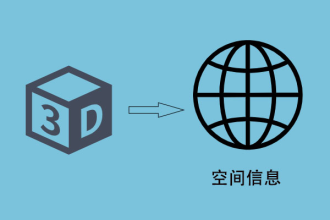ESO Joins Breakthrough Initiatives to Search for New Exoplanets in Alpha Centauri SystemSCI NEWS 2017-01-10 |
The European Southern Observatory (ESO) has signed an agreement with the Breakthrough Initiatives to adaptESO’s Very Large Telescopeinstrumentation to conduct a search for exoplanets in the Alpha Centauri system.

This image shows the closest stellar system to the Sun, the bright double star Alpha Centauri AB and its distant and faint companion Proxima Centauri. Image credit: ESO / B. Tafreshi, twanight.org / Digitized Sky Survey 2 / Davide De Martin / Mahdi Zamani.
The agreement betweenESOand theBreakthrough Initiativesprovides funds for theVLT Imager and Spectrometer for mid-Infrared(VISIR) instrument, mounted at the Very Large Telescope (VLT), to be modified in order to greatly enhance its ability to search for exoplanets in Alpha Centauri.
The agreement also provides for telescope time to allow a careful search program to be conducted in 2019.
The recent discovery of theEarth-mass exoplanet Proxima badds even further impetus to this search.
Knowing where the nearest exoplanets are is of paramount interest for the Breakthrough Starshot project, which aims to demonstrate proof of concept forlight-driven nanocraft, laying the foundation for the first launch toAlpha Centauriwithin a generation.
Detecting a habitable exoplanet is an enormous challenge due to the brightness of the planetary system’s host star, which tends to overwhelm the relatively dim exoplanets.
One way to make this easier is to observe in the mid-infrared wavelength range, where the thermal glow from an orbiting exoplanet greatly reduces the brightness gap between it and its host star.
But even in the mid-infrared, the star remains millions of times brighter than the planets to be detected, which calls for a dedicated technique to reduce the blinding stellar light.
The existing mid-infrared instrument VISIR will provide such performance if it were enhanced to greatly improve the image quality using adaptive optics, and adapted to employ a technique called coronagraphy to reduce the stellar light and thereby reveal the possible signal of potential terrestrial planets.
Breakthrough Initiatives will pay for a large fraction of the necessary technologies and development costs for such an experiment, and ESO will provide the required observing capabilities and time.
责任编辑:lijia
 科普中国APP
科普中国APP
 科普中国微信
科普中国微信
 科普中国微博
科普中国微博

最新文章
-
为何太阳系所有行星都在同一平面上旋转?
新浪科技 2021-09-29
-
我国学者揭示早期宇宙星际间重元素起源之谜
中国科学报 2021-09-29
-
比“胖五”更能扛!我国新一代载人运载火箭要来了
科技日报 2021-09-29
-
5G演进已开始,6G研究正进行
光明日报 2021-09-28
-
“早期暗能量”或让宇宙年轻10亿岁
科技日报 2021-09-28
-
5G、大数据、人工智能,看看现代交通的创新元素
新华网 2021-09-28














微信扫一扫:分享
微信里点“发现”,扫一下
二维码便可将本文分享至朋友圈。